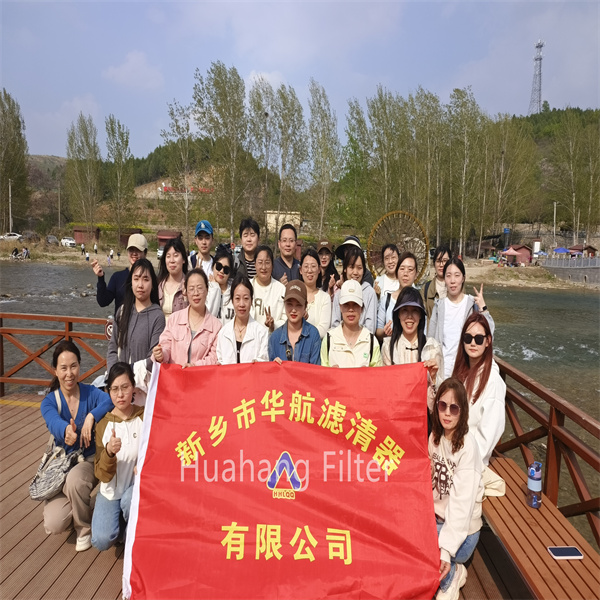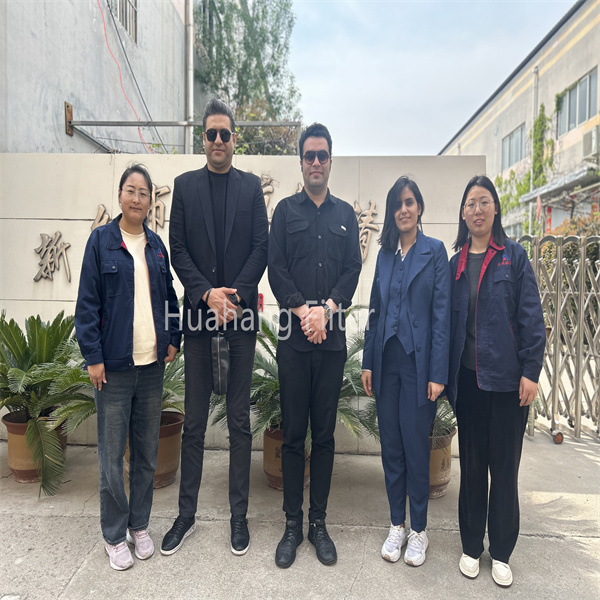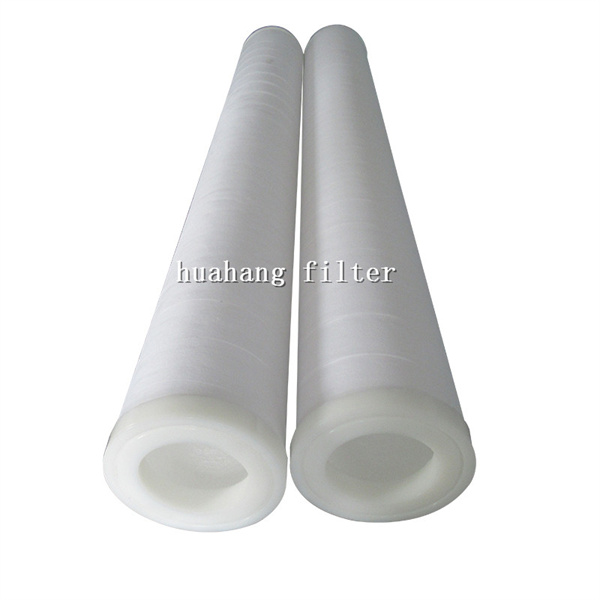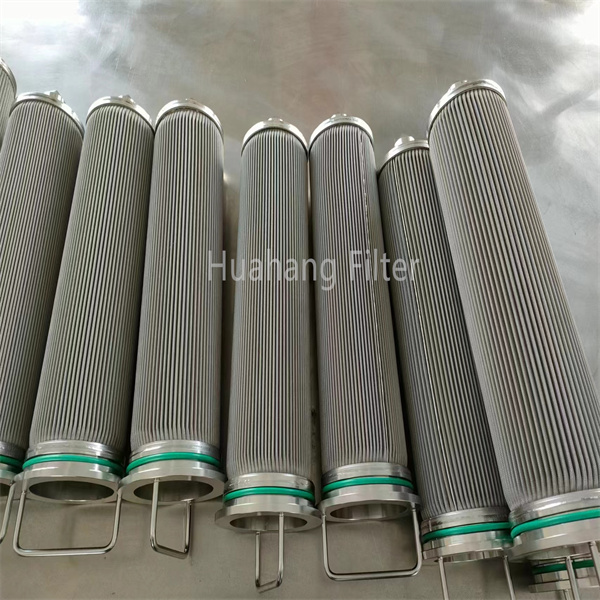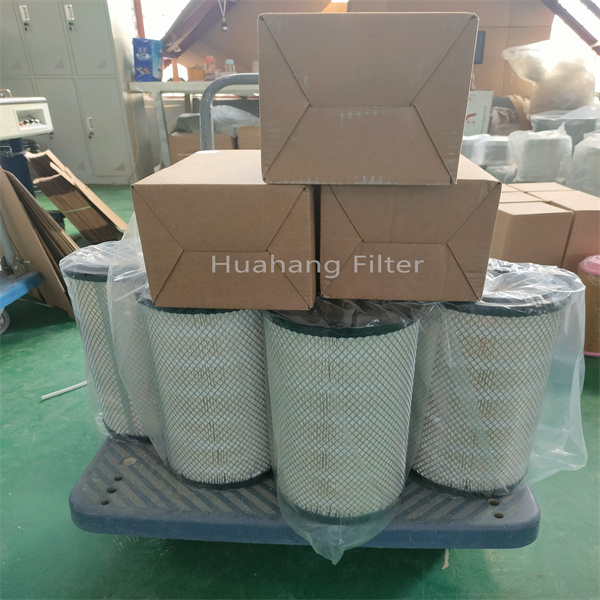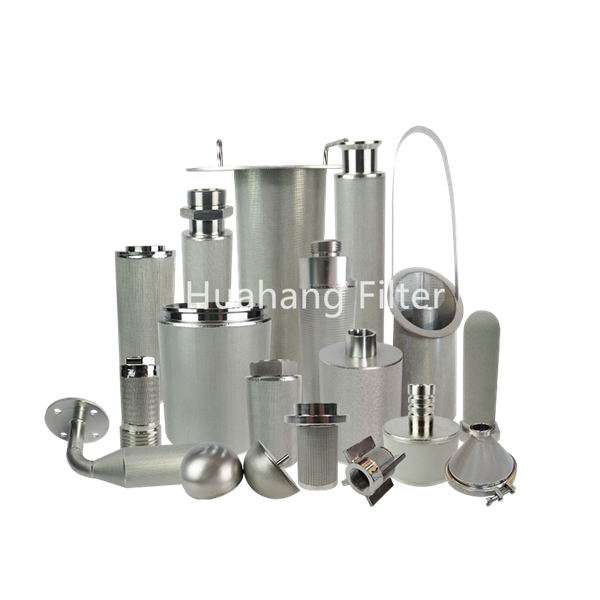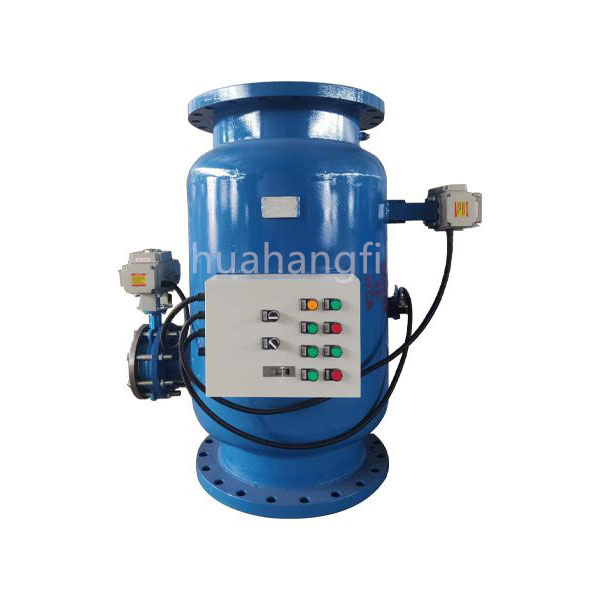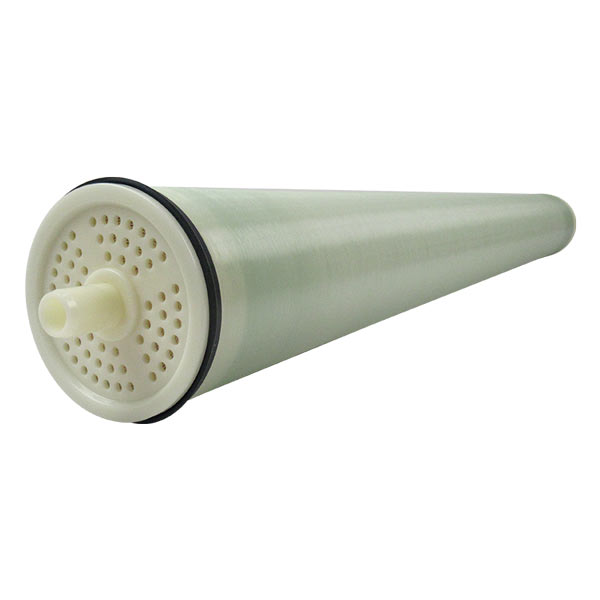Working Principle of Ceramic Membrane Filter Element
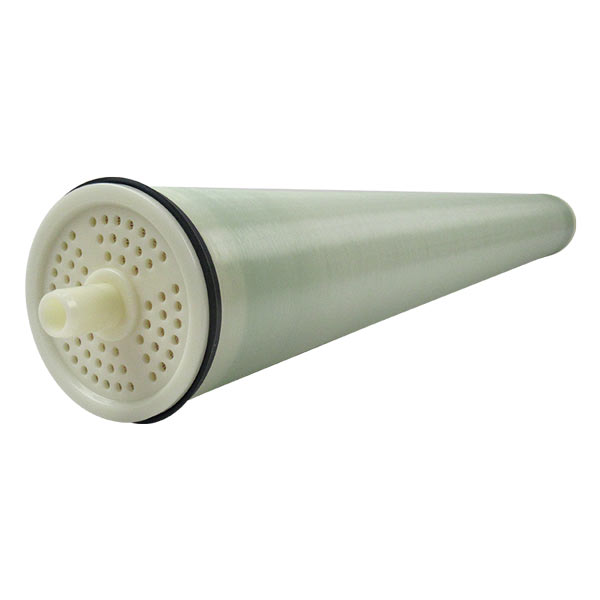
The working principle of ceramic membrane filter is mainly based on the microporous structure of ceramic membranes. When the liquid material to be filtered passes through a certain pressure, different components in the liquid material will be intercepted on one side of the ceramic membrane surface, while the clear liquid will penetrate to the other side of the membrane surface, thereby achieving liquid separation and filtration. Ceramic film is composed of countless irregular small stone like ceramic particles, which form pores between them. The pore size is only 20-100 nanometers, which allows it to effectively separate substances of different molecular sizes.
In a ceramic membrane filtration system, there is usually a rotor composed of several sets of ceramic filter plates, as well as components such as a distribution head, agitator, scraper, etc. When the rotor is running, the filter plate will be submerged under the liquid level of the slurry in the tank, forming a layer of solid particle accumulation. When the filter plate leaves the liquid level of the slurry, solid particles will form a filter cake and continue to dehydrate under vacuum, further drying the filter cake. Subsequently, the rotor will rotate to the location equipped with a scraper to remove the filter cake and be transported by a belt conveyor to the desired location.






 Shay
Shay
